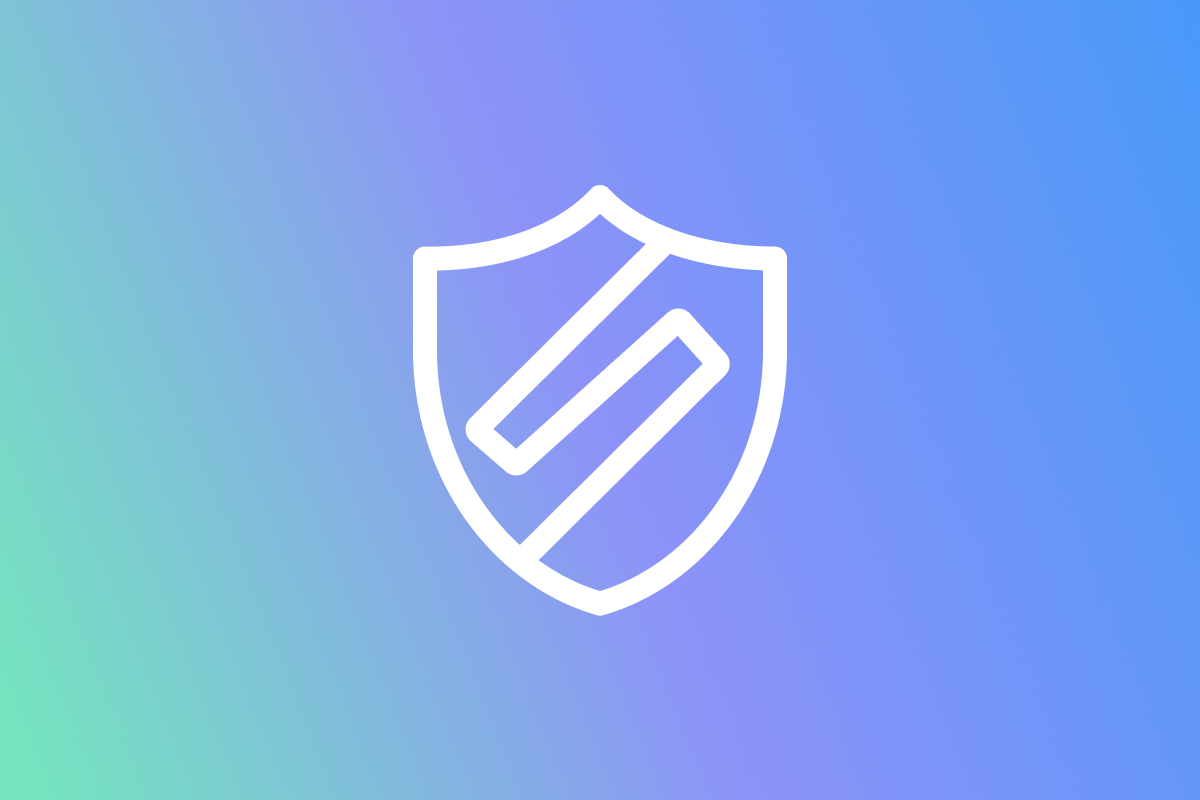While it’s true that social media is a great place to socialize and keep up with the latest news, the digital world is also home to many threats, especially to young people.
Of course, that’s not to say that social media is all bad for kids. From fostering creativity and critical thinking to being able to socialize and express their thoughts, social media has the potential to be a growth platform for young minds — with some adult supervision and guidance.
If you’re looking to allow your child to start using social media or if they already have, keep reading. We’re highlighting some tips to help you keep them safe and protect their digital identity on the web.
Risks of social media To children
If you’re keen on protecting your child from the dangers of social media, the first step you need to take is to be aware of what those threats are. Here are some of the risks that your child might encounter while using social media.
Cyberbullying
Cyberbullying is the use of digital platforms to intimidate or threaten a person. While this bullying takes place online, it can have very real-world consequences, like causing anxiety, depression, and more. Instances of cyberbullying saw a 40 increase in 2021. That likely has something to do with the escalating reliance of people on social media during the lockdowns and restrictions of COVID-19.
As a parent, it’s important to always keep an open dialogue with your children. Explaining to your kids the importance of sharing what they’re doing on the web from the first time they use can help you learn when they get involved in a frightening or embarrassing situation online.
Having an outlet where they could express their thoughts and emotions is essential for children who experience cyberbullying. Depending on your family dynamic, it may be beneficial to let your kids know that they can come to you with no or limited consequences if they do get caught in a sticky situation, as this could help keep them from trying to hide the situation from you and other adults.
Inappropriate content
Social media is a breeding ground for all kinds of content, so there’s a possibility that your children might see images, videos, or words that are inappropriate for their age. Platforms like Facebook and Instagram show random and suggested content from users to whom your child isn’t even connected. Even if you are monitoring who they are friends with or which pages they interact with, there’s always a risk of exposure to something else if you aren’t taking advantage of other security tools as a backup.
As a parent, you can use parental controls or install filters that will prevent your child from seeing inappropriate content.
Privacy invasion
Children might get too excited to share their experiences and stories online, and this could expose them to privacy invasion or even identity theft. A concerning 30 percent of social media users fall victim to identity fraud at some time during their usage. A large percentage of potential victims are on Facebook, Instagram, and Snapchat.
Parents should always be alert as children may not be aware that they’re already sharing too much personal information on their social media accounts. You can ask your children to set their social media profiles to private, which means that the images or texts that they post will only be visible to their friends or connections. You should also remind your children to never post their specific locations, change their passwords from time to time, and log out of their social media accounts, especially when they are using a public Wi-Fi hotspot.
One more step you could take is to invest in an identity protection provider to safeguard your child’s personal information. LifeLock is a security software that provides identity theft protection on multiple devices and is a great tool that you can use as an added form of protection for you and your children.
Exposure to fake news
The National Literacy Trust Fake News and Critical Literacy Report found that more than 50 percent of young people aged 12 to 15 rely on social media as their daily source of news. Unfortunately, people can publish just about anything on social media, which has led to the rapid spread of fake news. Fake news can be harmful to your children because misinformation could distort their views on the real world.
To help your children avoid falling for fake news, you could remind them to always check if the source of the news is from a verified account or website. Most importantly, you should also talk to your kids on a daily basis, and check in on the news and information that they have read or watched.
Online predators
According to the Federal Bureau of Investigation (FBI), over 50 percent of victims of online predators are aged 12 to 15. Online predators lurk on social media platforms in an effort to lure users—especially young people—to inappropriate conversations that could negatively affect minors and cause fear, anxiety, and trauma. An online predator could also manipulate a child to send explicit photos that could be used as a tool for blackmail later on.
Again, the most important thing you should do as a parent is to always talk to your children and become a safe space for them to honestly tell stories. You could also check your child’s digital activities, and remind them to be wary of strangers on social media.
How to keep your kids safe on social media
Now that you’re already aware of the various dangers of social media, the next step is to take these proactive measures in making sure that your children are safe while using social media.
Make sure that your child is ready for social media
There’s a reason why social media platforms enforce a required minimum age for users. Most social media sites require users to be at least 13 years old, but that’s not to say that your child is ready at that age. As a parent, you’re still the one who really knows if your child is mature or disciplined enough to take on the various risks and threats that come with using social media.
Educate your child on the dangers of social media
If you feel that your child is ready for social media, the next step to take is to help them become aware of the different threats and risks that they might encounter. Sharing real-life stories about the dangers of social media could also encourage your child to be more careful and wary in posting content or talking to strangers online.
Set ground rules for your child’s social media use
Your child might not like it but it’s important that you set rules and restrictions on their social media use. Your child should understand the consequences that come with careless use of social media. Of course, that’s not to say that you should keep them off of social media, especially now that it has become a source of communication in school or with friends they otherwise don’t get to see.
What you could do is to limit what they are allowed to post and remind them to always keep their social media profiles private. You should also check your child’s privacy settings and encourage them to change their passwords from time to time.
Monitor your child’s social media activities
Even though you already oriented your child on the do’s and don’ts of using social media, there’s still a possibility that they might forget that what they’re doing is already harmful to their safety and personal information. For that reason, it’s essential to check in on your child’s social media activities and make sure that they do not share too much personal information or accept any friend requests from strangers.
In addition, you should also talk to your child in an effort to keep an open dialogue with them. This will help them become comfortable in telling you about their social media activities.
Investing in safety and security tools
Investing in a safety tool may cost you a couple of bucks a month or more, but the reward of ensuring your child’s safety is more than worth it. The tools you’ll get with a LifeLock subscription can help keep you and your child safe on social media, as well as elsewhere on the web. While it isn’t a replacement for the tips we’ve provided above, it is a great additional form of protection if you have children using social media.
Moreover, you can also take advantage of discounts and promos, just like the 25 percent discount you’ll receive when you sign up for LifeLock’s Identity Theft Protection, to make these tools even more affordable. LifeLock provides security on multiple devices, making sure that your children’s digital activities are safe and protected, regardless of the device they are using.

